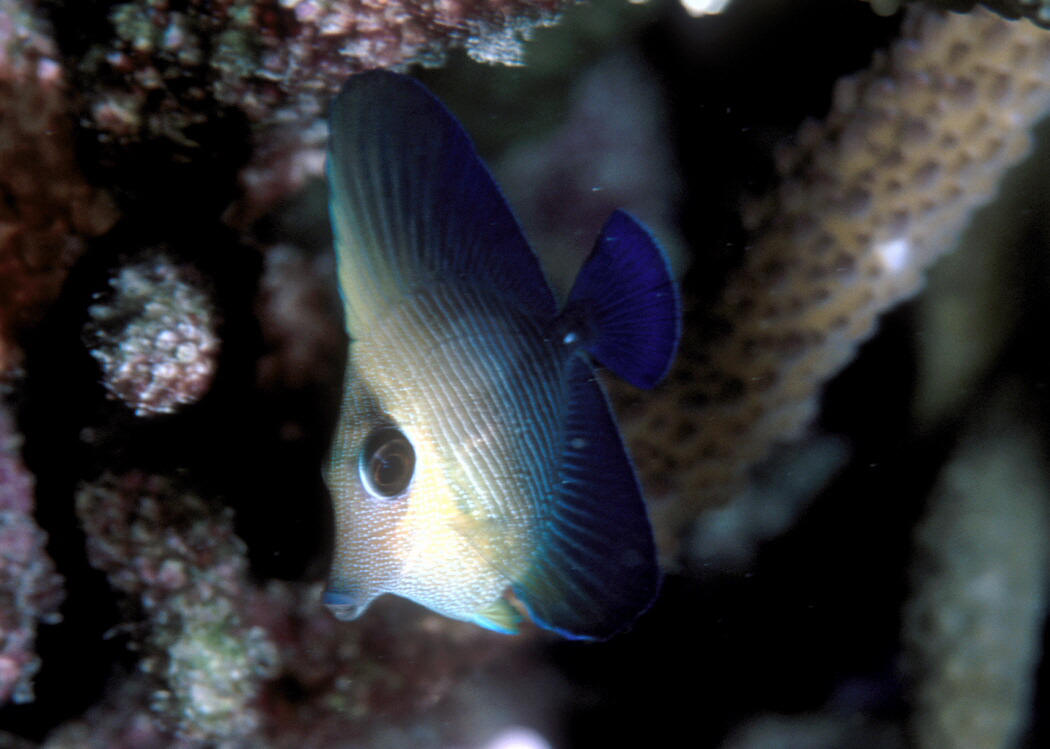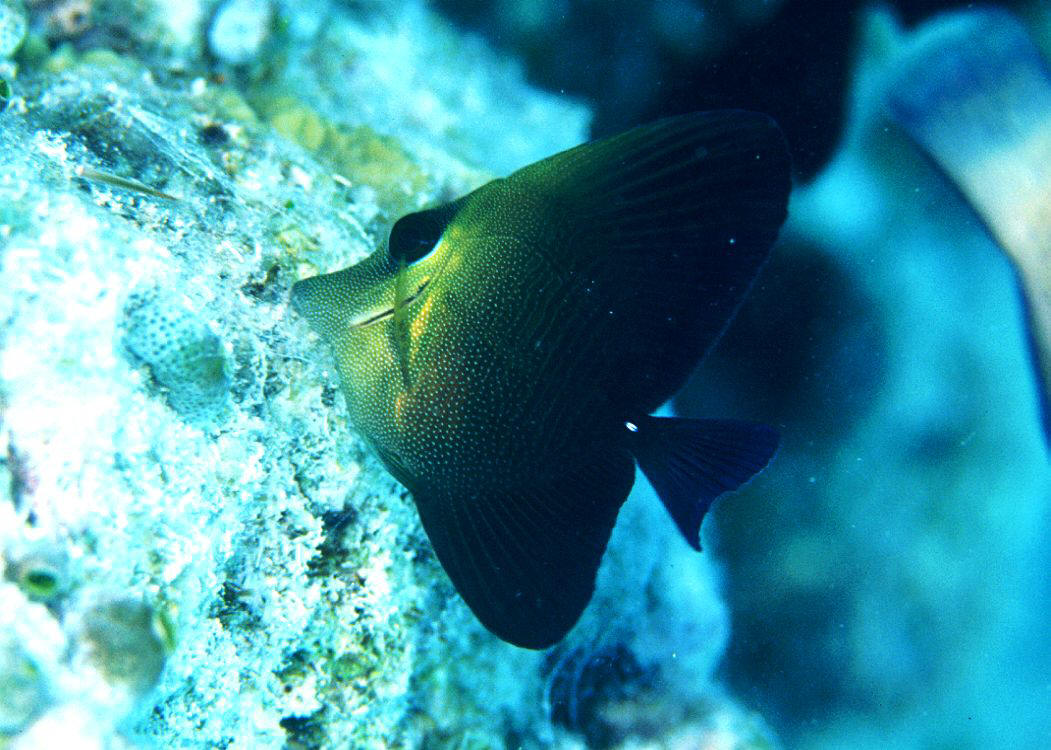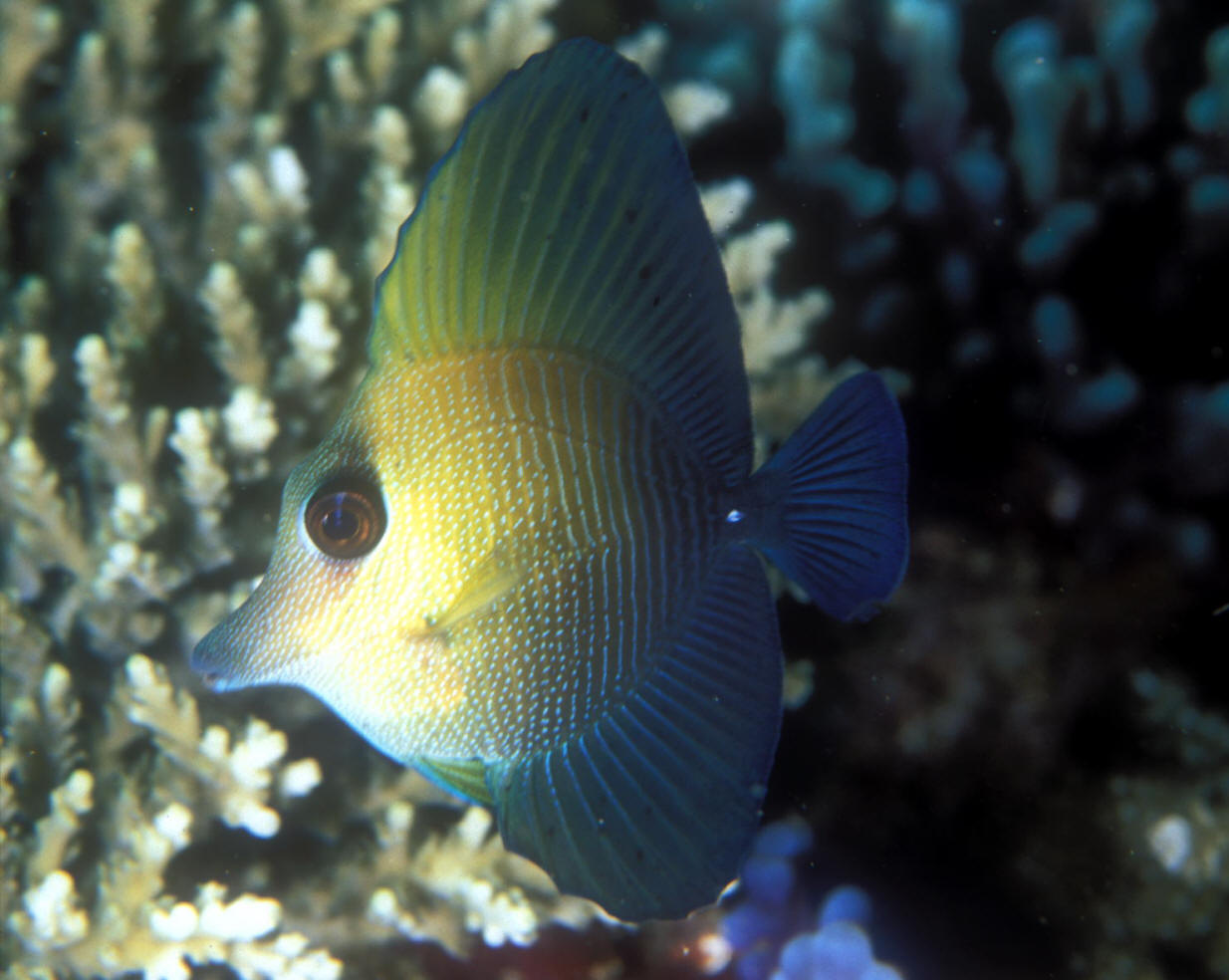Archive 184: Daily Pix FULL SIZE
(For personal use only: NOT public domain)
(Mmm, right click, add, set as background...)
To: Today's: Desktop size
download , Today's FAQs, SW Archive
125, SW Archive
126, SW Archive
127, SW Archive
128, SW Archive
129, SW Archive
130, SW Archive
131, SW Archive
132, SW Archive
133, SW Archive
134, SW Archive
135, SW Archive
136, SW Archive
137, SW Archive
138, SW Archive
139, SW Archive
140, SW Archive
141, SW Archive
142, SW Archive
143, SW Archive
144, SW Archive
145, SW Archive
146, SW Archive
147, SW Archive
148, SW Archive
149, SW Archive
150, SW Archive
151, SW Archive
152, SW Archive
153, SW Archive
154, SW Archive
155, SW Archive
156, SW Archive
157, SW Archive
158, SW Archive
159, SW Archive
160, SW Archive
161, SW Archive
162, SW Archive
163, SW Archive
164, SW Archive
165, SW Archive
166, SW Archive
167, SW Archive
168, SW Archive
169, SW Archive
170, SW Archive
171, SW Archive
172, SW Archive
173, SW Archive
174, SW Archive
175, SW Archive
176, SW Archive
177, SW Archive
178, SW Archive
179, SW Archive 180, SW Archive 181, SW Archive 182, SW Archive 183, SW Archive 185, SW Archive 186, SW Archive 187, SW Archive 188, SW Archive 189, SW Archive 190, SW Archive 191, SW Archive 192, SW Archive 193, SW Archive 194, SW Archive 195, SW Archive 196, SW Archive 197, SW Archive 198, SW Archive 199, Freshwater
Pic of the Day Link,
|
LG.JPG) |
| Zebrasoma gemmatum (Valenciennes 1835), the
Spotted Sailfin Tang. Well-named in the vernacular and science;
that is, spotted and as rare, beautiful and expensive as a precious
stone. This Indian Ocean endemic is rarely imported to the west,
and what a shame. It is just as hardy as any of the
Zebrasoma and a real beauty. Aq. pic. |
|

|
| Zebrasoma scopas (Cuvier 1829), the
Brown or better, Two-Tone Sailfin Tang. The former common name can
be a bit of a misnomer; I have seen scopas specimens as
brightly yellow as a flavescens and as dark as a
rostratum. As young they're different still, with light
colored fronts grading to dark variable spots and lines. Occasional
"dirty" or mixed-color crosses between the brown and
Z. flavescens are encountered along their contiguous
distributions. Widely ranging in the Indo-Pacific. Shown: A
juvenile (tiny one inch one in Australia) |
 |
| Zebrasoma scopas (Cuvier 1829), the
Brown or better, Two-Tone Sailfin Tang. The former common name can
be a bit of a misnomer; I have seen scopas specimens as
brightly yellow as a flavescens and as dark as a
rostratum. As young they're different still, with light
colored fronts grading to dark variable spots and lines. Occasional
"dirty" or mixed-color crosses between the brown and
Z. flavescens are encountered along their contiguous
distributions. Widely ranging in the Indo-Pacific. Shown: A two
inch juvenile in the Maldives |
 |
| Zebrasoma scopas (Cuvier 1829), the
Brown or better, Two-Tone Sailfin Tang. The former common name can
be a bit of a misnomer; I have seen scopas specimens as
brightly yellow as a flavescens and as dark as a
rostratum. As young they're different still, with light
colored fronts grading to dark variable spots and lines. Occasional
"dirty" or mixed-color crosses between the brown and
Z. flavescens are encountered along their contiguous
distributions. Widely ranging in the Indo-Pacific. Shown: A one and
a half inch juvenile in N. Sulawesi. |
|
|

